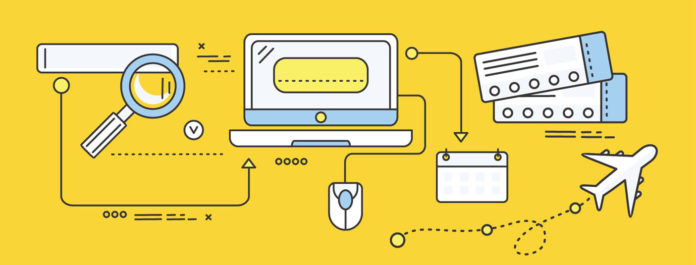The value of the GDS came into question after the formation of a pan-regional alliance by eight Asian LCCs. Dannon Har finds out if there is any merit to the naysaying

Surprise was felt across the travel sector after the announcement of the Value Alliance (VA) in May, not from the collective fleet size of 176 aircraft in Asia-Pacific or the total passenger load of 47 million (in 2015), but from the first-of-its-kind distribution technology adopted by the alliance.
The LCC alliance, comprising Cebu Pacific, Jeju Air, Nok Air, NokScoot, Scoot, Tigerair Singapore, Tigerair Australia and Vanilla Air, formed the partnership to enable interline ticket and ancillary sales among member airlines in one booking.
Unlike other airline pacts the likes of Oneworld or U-Fly Alliance, the technology VA uses − developed by Air Black Box − fundamentally changes the distribution game by allowing airlines to cross-sell and upsell across markets effectively without going through a GDS.
Having observed growing cooperation among budget carriers in the last couple of years, Damian Hickey, vice president Asia-Pacific and global sales strategy, air commerce at Travelport, deems the VA as “the next logical step” by LCCs to bring in other airlines within the periphery of their networks.
“The surprise is in the distribution model, but it is still an open question as it is still early days (for VA). Members like Tigerair, Scoot and Jeju Air are still distributing through Travelport.”
Hickey does not foresee LCCs dropping out of GDSs anytime soon though. He said: “LCCs have a bias to go direct but they still want to reach every possible customer, and they know they can’t do that if they only have a single distribution path. Even if it accounts for one per cent of their sales, it’s still incremental.
“The industry has gotten to a point where you can’t say airlines want to sell direct to bypass travel agents or that GDSs don’t like airlines to sell on their own websites,” opined Hickey.
“Consumers want choice. There is realisation, from all sides, that we need to support that flexibility,” he added.

Reflecting similar sentiments, Hervé Couturier, Amadeus’ executive vice president of R&D, remarked: “What airlines want today is multichannel capability. They want to be able to distribute their products through the GDS, and also through mobile, websites, OTAs, metasearch engines, and they want (the content) to be consistent and personalised.”
But LCCs are not putting their best foot forward with GDSs, according to Bertrand Salliet, general manager South-east Asia at FCM Travel Solutions.
“LCCs are usually not well distributed on GDSs. We have some content but we can’t compare the fares because the budget carriers are giving GDSs their high fares while distributing low fares directly on their own website,” he explained. “We still need to make some bookings on the LCC’s website instead of the GDS.”
However, this does not hark the end of GDSs, assures Salliet. “If you see what happened in Europe with the LCCs created in the 1990s, such as Ryanair and EasyJet, those airlines have the same direct model to bypass GDSs and agencies.
“They then realised that without travel agents they can’t access the corporate world. Agencies bring a lot of value for corporates in terms of payment facilities and data consolidation. Those airlines then decided to create a portal for travel agents to book direct from them. But they realised they lose out when agents do fare comparisons on GDSs, hence they are now back to GDS distribution.
“In Asia, some LCCs are starting to see that and are distributing on GDSs to access corporate customers, who are high-yield because they tend to book better seat classes and more ancillaries,” Salliet said.
Whether the VA will head down that path remains to be seen, but budget carriers need to be able to sell more ancillaries as it accounts for a significant portion – one-fifth on average – of their revenue.
That explains why GDSs have in recent years gone all out to upgrade rich content and merchandising capabilities on their platforms, with the most recent instance being the Sabre Red Workspace 3.0, which enables suppliers to push rich-format ancillary products into the agent’s workflow.
The greatest value GDSs offer, explains Roshan Mendis, senior vice president, Sabre Travel Network Asia-Pacific, is the ability to provide the most relevant product at the right time to the right customer. And that is only possible, not just through behavioural data accrual, but smart usage of that data.
That remains the main selling point of GDSs, which, as far as the technology used by the VA is groundbreaking, does not address, nor does it need to.
Said Salliet: “The great thing about GDSs is that you can compare fares based on the availability of flights, which is still unique as there is no technology in the market now that can do the same thing.”
This article was first published in TTG Asia, July 8, 2016 issue, on page 6. To read more, please view our digital edition or click here to subscribe




















